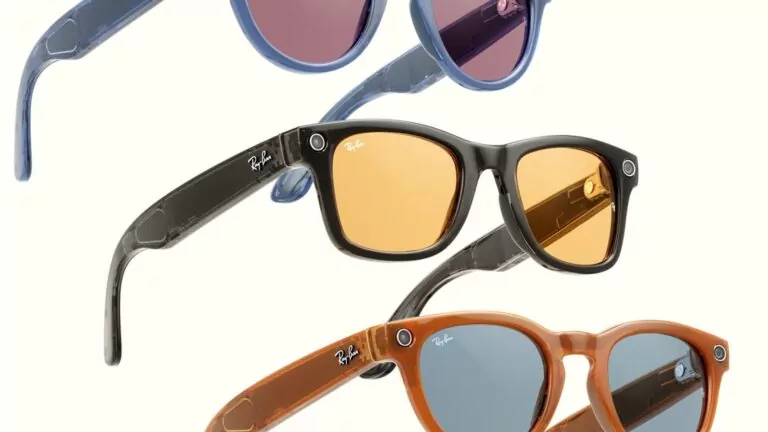
As you may know, Meta Ray Ban Smartglasses shipped last week. This means that they’ve been in the wild long enough to enable adequate stress tests and reactions from the hardware pros. These go a step beyond the earlier batch of launch-day reviews at Meta HQ.
The consensus so far? These frames carry big improvements over their predecessor, Ray-Ban Stories. Specs include better sound quality – both in the speakers and mic inputs. The latter now includes a five-speaker array that produces spatial audio for calls or livestreaming.
Speaking of livestreaming, that’s the device’s hallmark and its focused use case. This was a smart move by Meta to accommodate a use case that’s so prevalent. This will expand the addressable market for these glasses and give them a meaningful raison d’être for lots of people.
Livestreaming also brings up a broader philosophical question around the timing of these glasses. Camera glasses often invoke Google Glass’ famous fails in the glasshole era. But cultural resistance to recording things has deteriorated in the age of everyone filming everywhere.
Those and other cultural X-factors will have to play out on their own. Meanwhile, Meta has built a solid second generation of its smart glasses. As the Verge points out, it could represent a turning point for smart glasses, which in turn will evolve into proper AR glasses with display systems.
See that review and our other top pics below…






